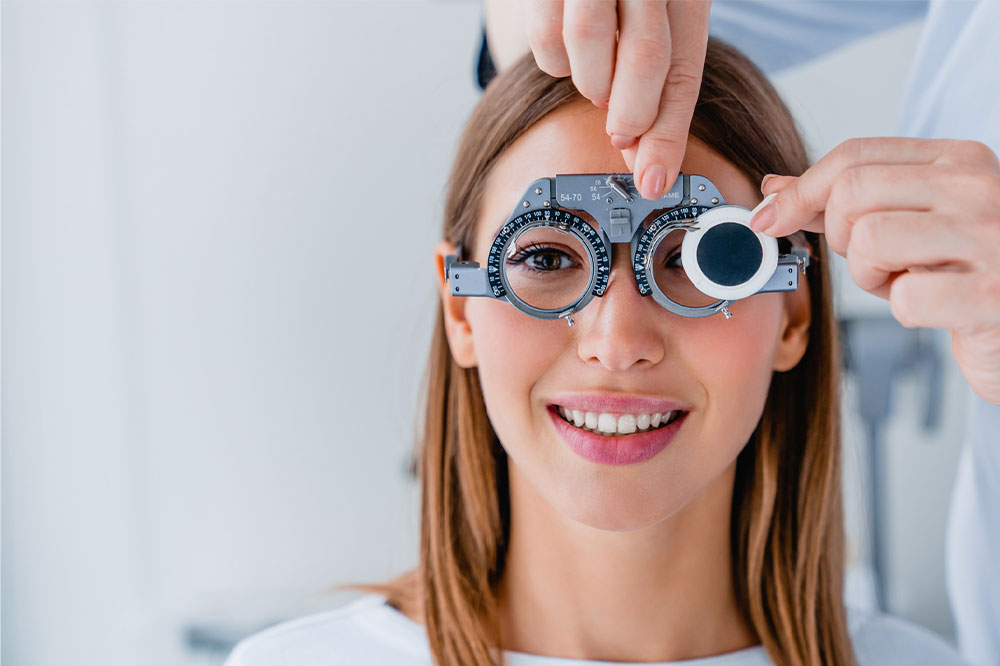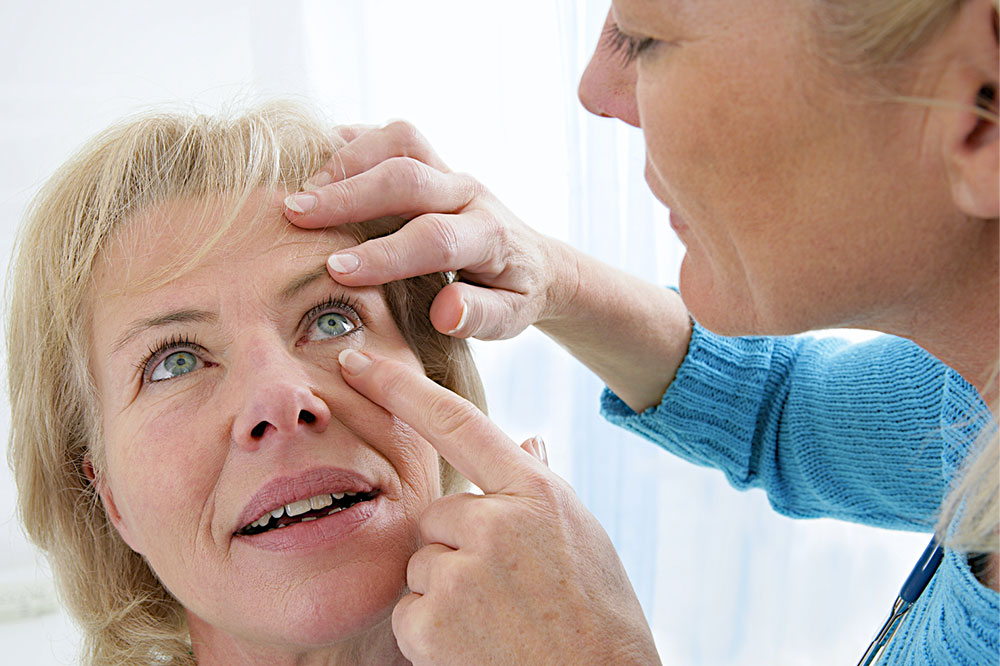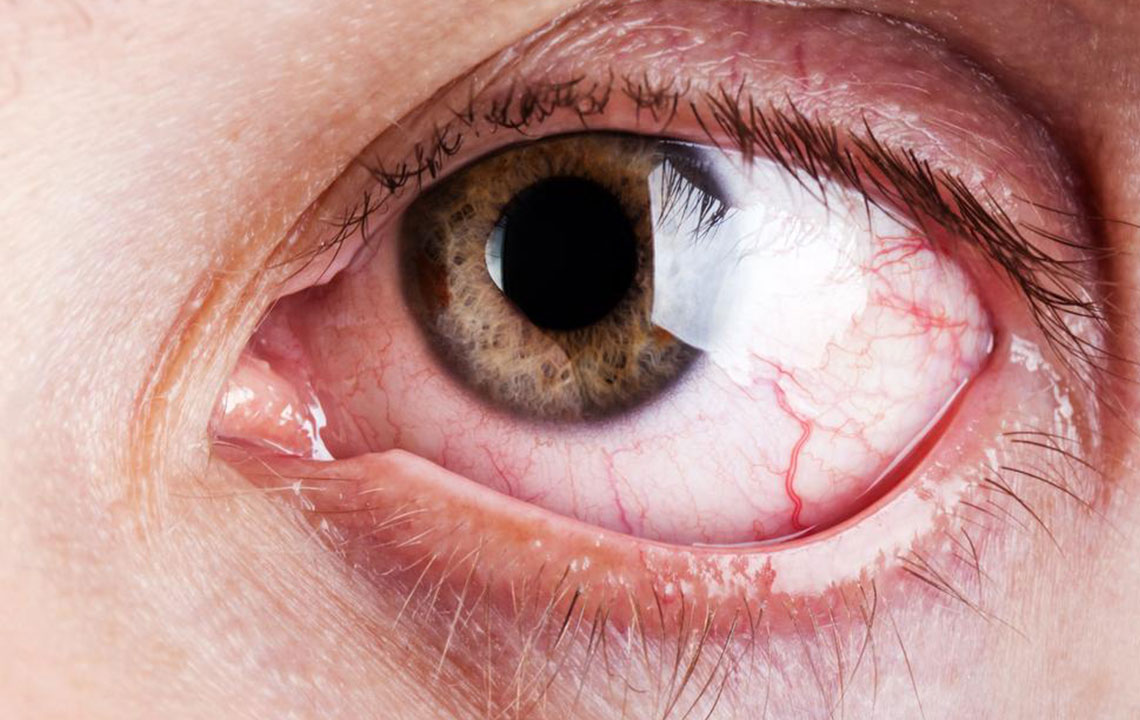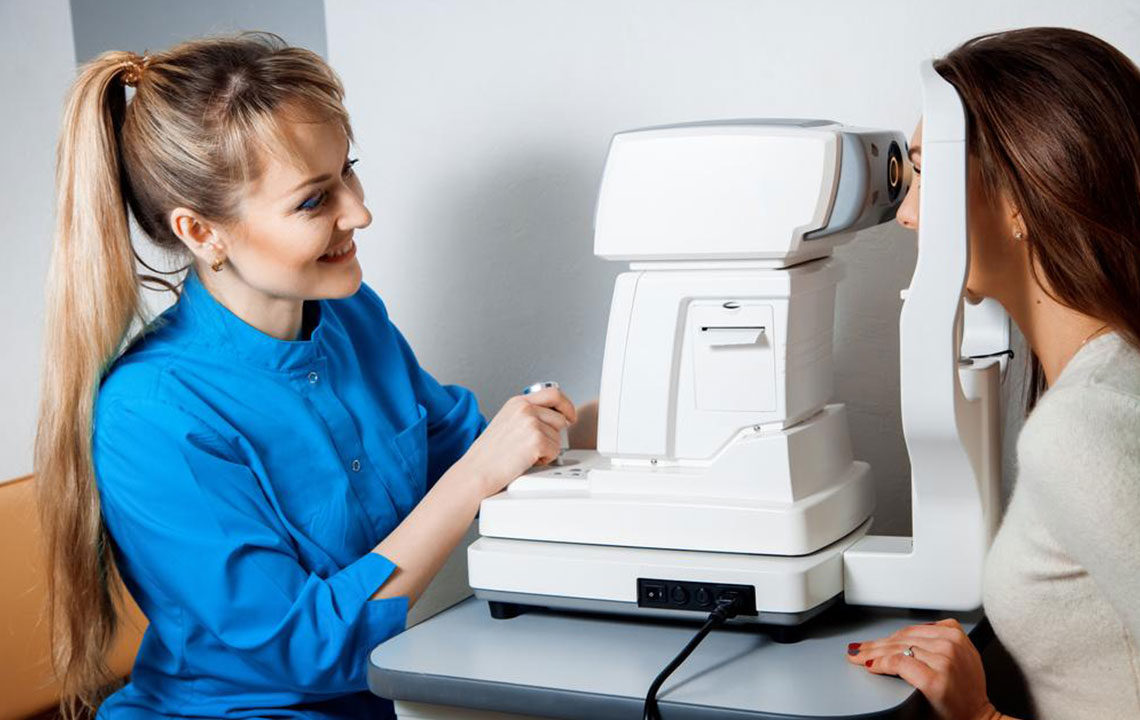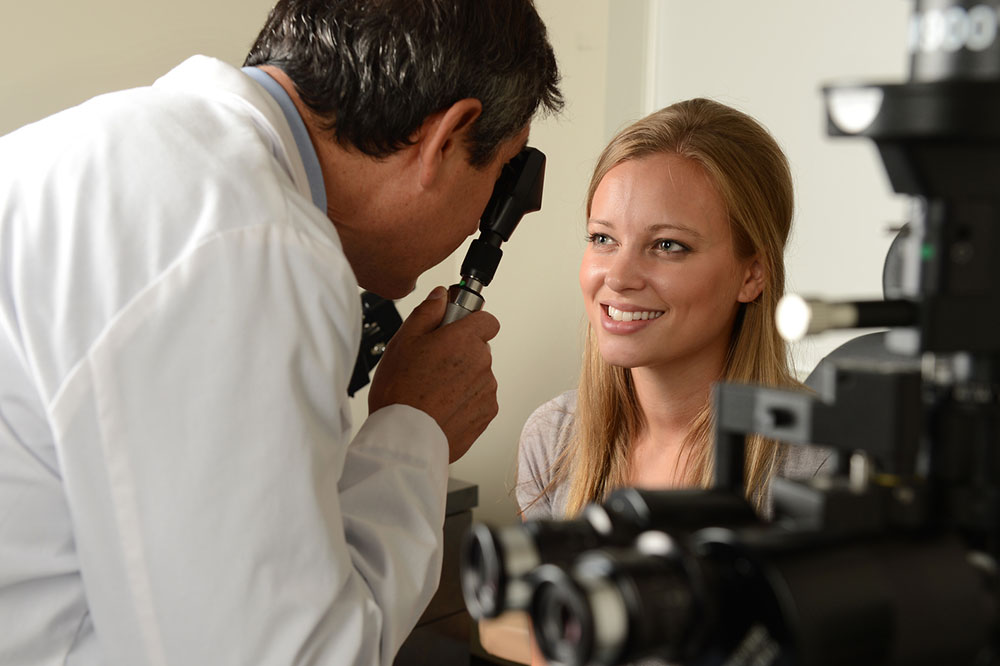Effective Solutions for Treating Blocked Tear Ducts
Discover effective treatments for blocked tear ducts, including massage, medications, and minimally invasive procedures like dilation and balloon catheterization. Early diagnosis ensures proper management, preventing infections and restoring healthy tear drainage. Suitable for both infants and adults, these treatments improve eye health and comfort with minimal discomfort.
Sponsored
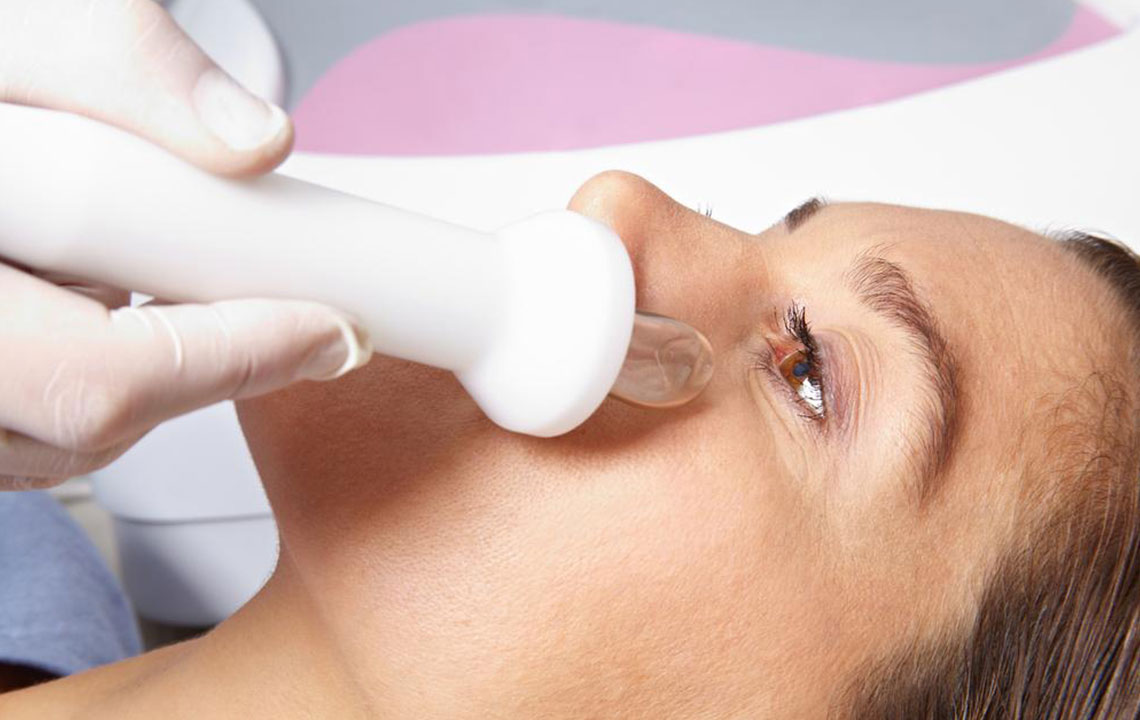
The tear drainage system is a complex network responsible for removing tears from the eyes into the nasal cavity. It starts in the eye socket and extends back toward the nose.
Excess tears drain through these channels, known as nasolacrimal ducts, ultimately reaching the lower nasal passage. These ducts are vital for maintaining healthy eyes.
The connection between the eyes and nose explains why crying often leads to a runny nose, and allergies can cause watery eyes.
Sometimes, the tear ducts become blocked or obstructed at any age, including congenital cases present from birth (congenital blocked tear ducts). This can result in tear overflow and, in some cases, cyst formation within the duct.
Treatment options depend on the cause, age, and severity of the blockage. Understanding the structure of tear ducts is essential for effective treatment.
The eyelids help distribute tears across the eyes when blinking, maintaining lubrication and flushing out debris.
These tears drain into small openings called puncta at the inner eye corners. From there, they pass through canaliculi channels into a structure called the lacrimal sac, which sits beside the nose. The sac narrows to form the lacrimal duct, connecting to the nasal passage through the nasal bone.
Signs of a blocked tear duct include:
Excess tearing (epiphora)
Redness
Frequent eye infections
Swelling near the inner eye corner
Crustiness
Pus or fluid drainage
Blurred vision
If symptoms last more than a few days or recurrent infections occur, consult an eye specialist. Rarely, tumors may cause blockages, making early diagnosis critical for effective treatment.
Most cases, especially in adults, do not require treatment. Nonetheless, consulting a healthcare professional is recommended before starting any intervention.
The goal of treatment is to open or bypass the obstructed duct, restore normal tear flow, prevent infections, and maintain duct health.
In infants with congenital blockage, the condition often resolves within the first year as the drainage system matures.
Effective treatment options include:
Massage: Gentle massaging of the lacrimal sac area, performed twice daily, can help dislodge obstructions. This method is suitable for both infants and adults and can be done at home by thoroughly washing hands beforehand.
Antibiotics: Prescribed if an infection is present or suspected, helping eliminate bacterial causes.
Dilation and Probing: Using specialized instruments to enlarge the puncta, and passing a probe into the tear duct to clear blockages. This procedure is often performed under local anesthesia for adults and general anesthesia for children.
Balloon Catheter Dilation: For persistent or recurrent issues, a balloon is inserted into the duct and inflated to enlarge the passage. This minimally invasive method is performed under general anesthesia.
Many blocked tear ducts resolve naturally, but when intervention is necessary, these procedures offer safe and effective relief. Treatment is generally straightforward and causes minimal discomfort.

